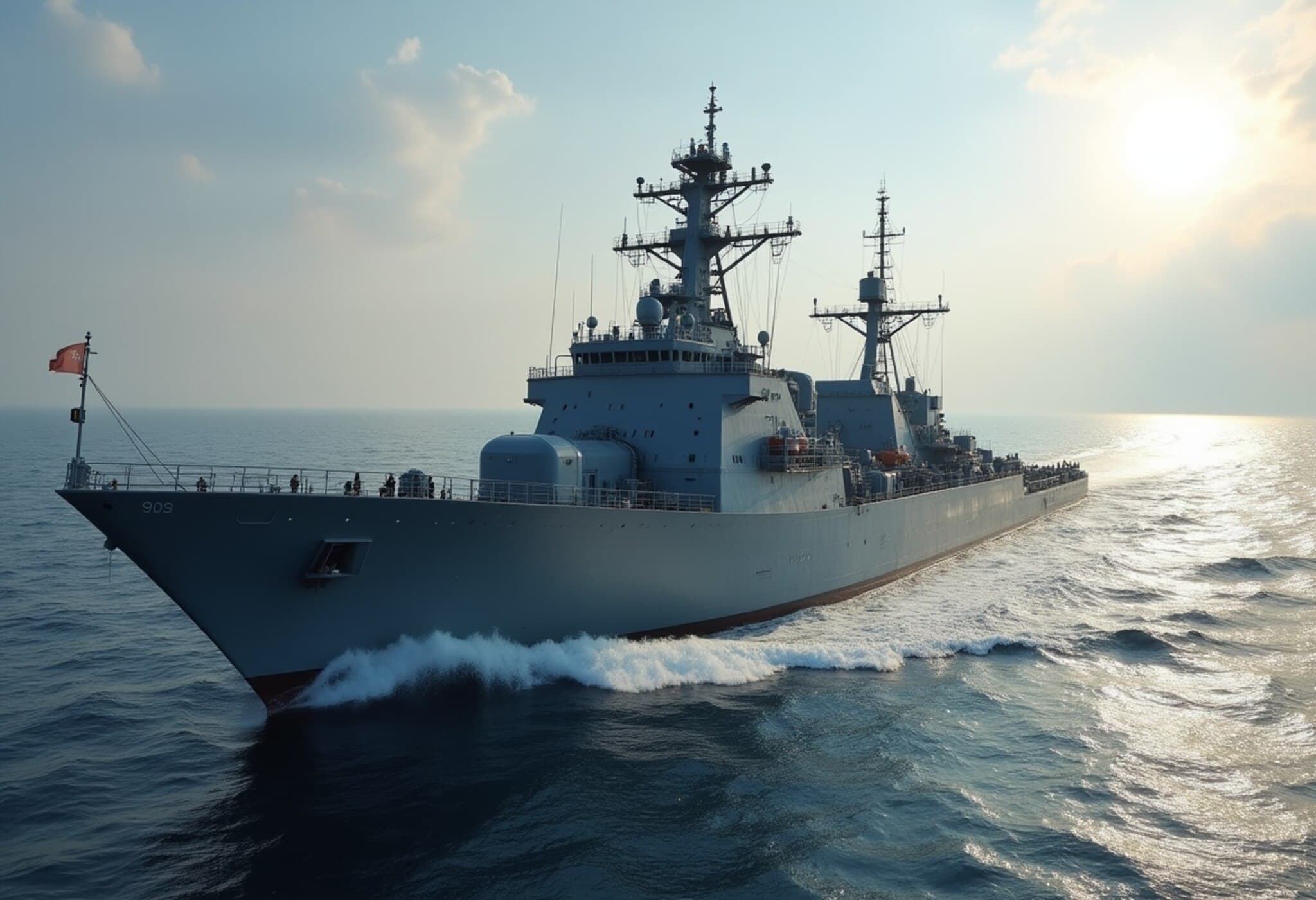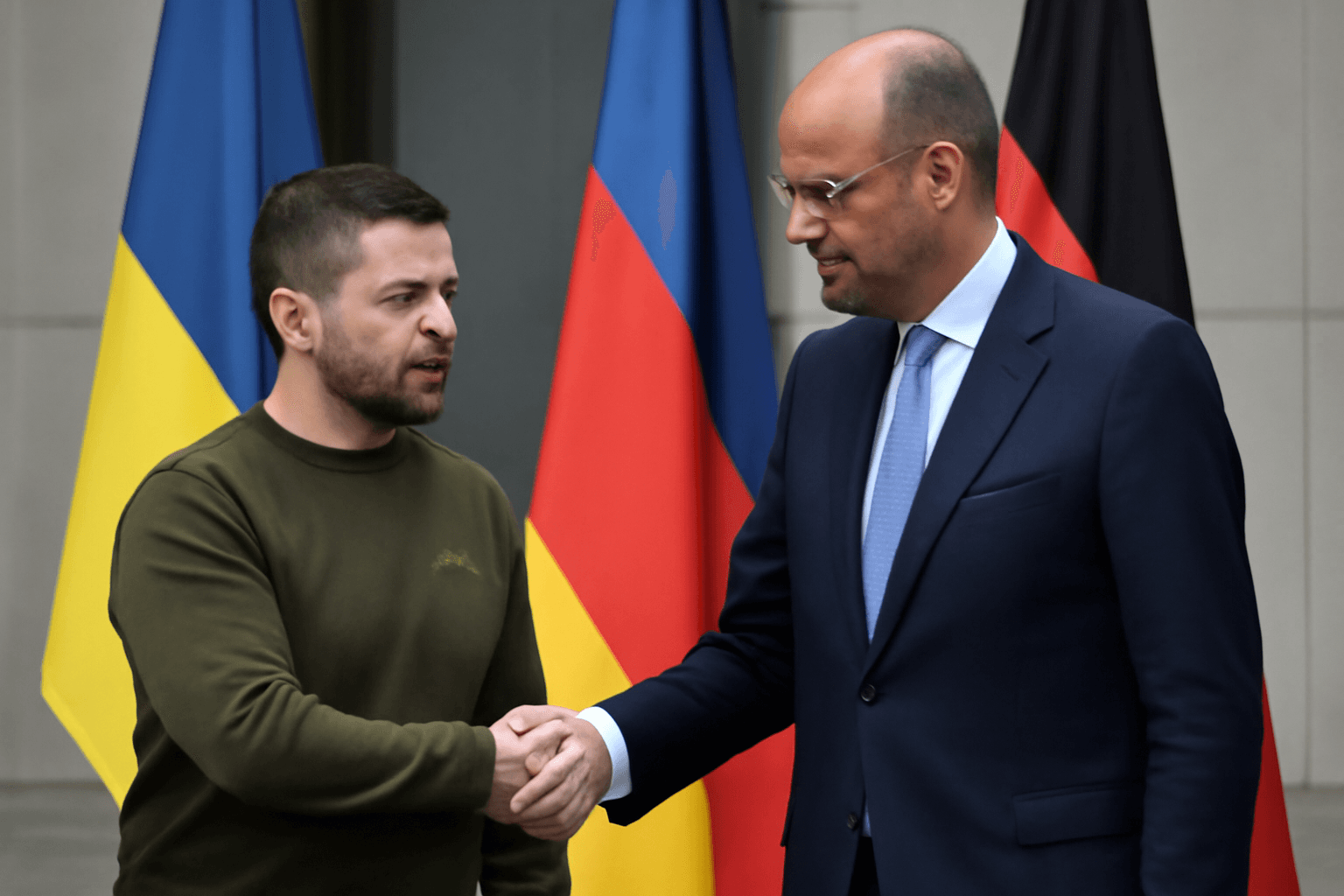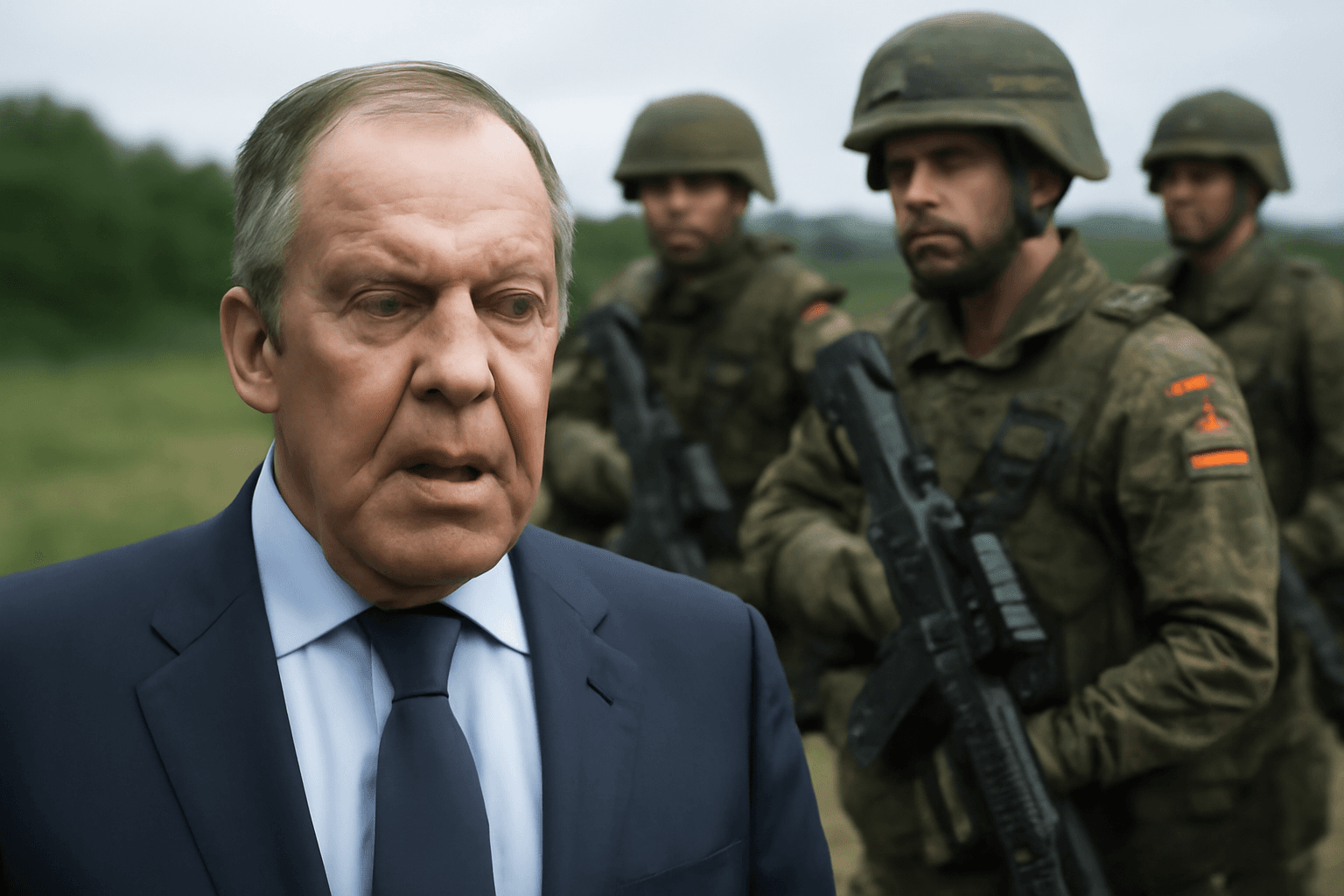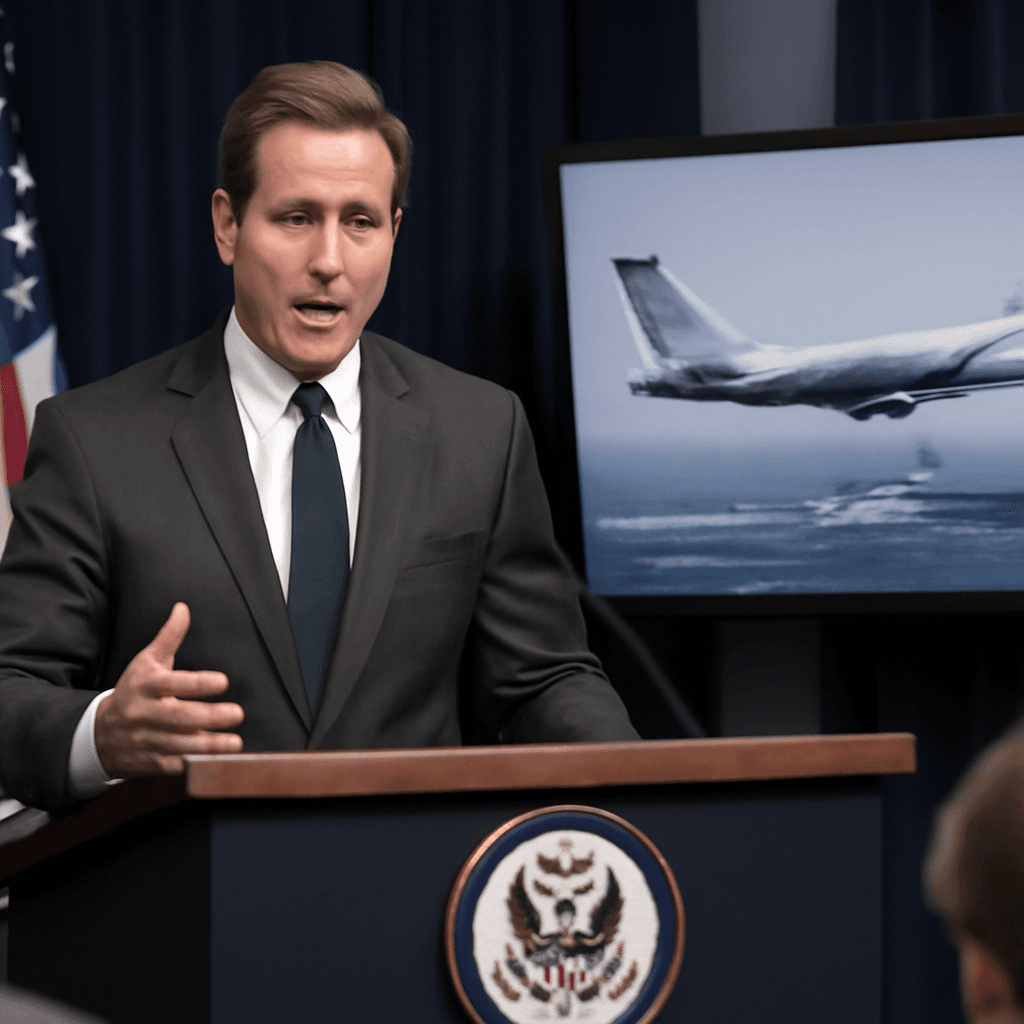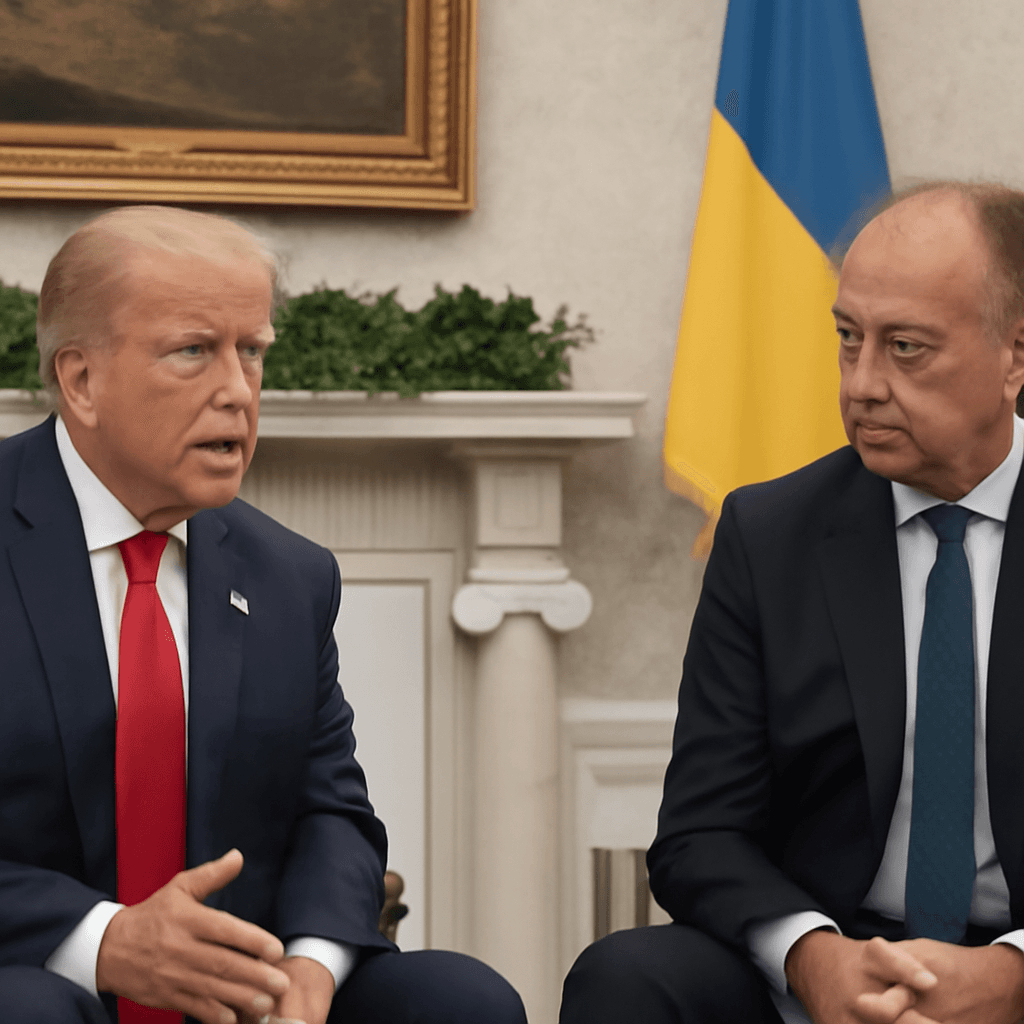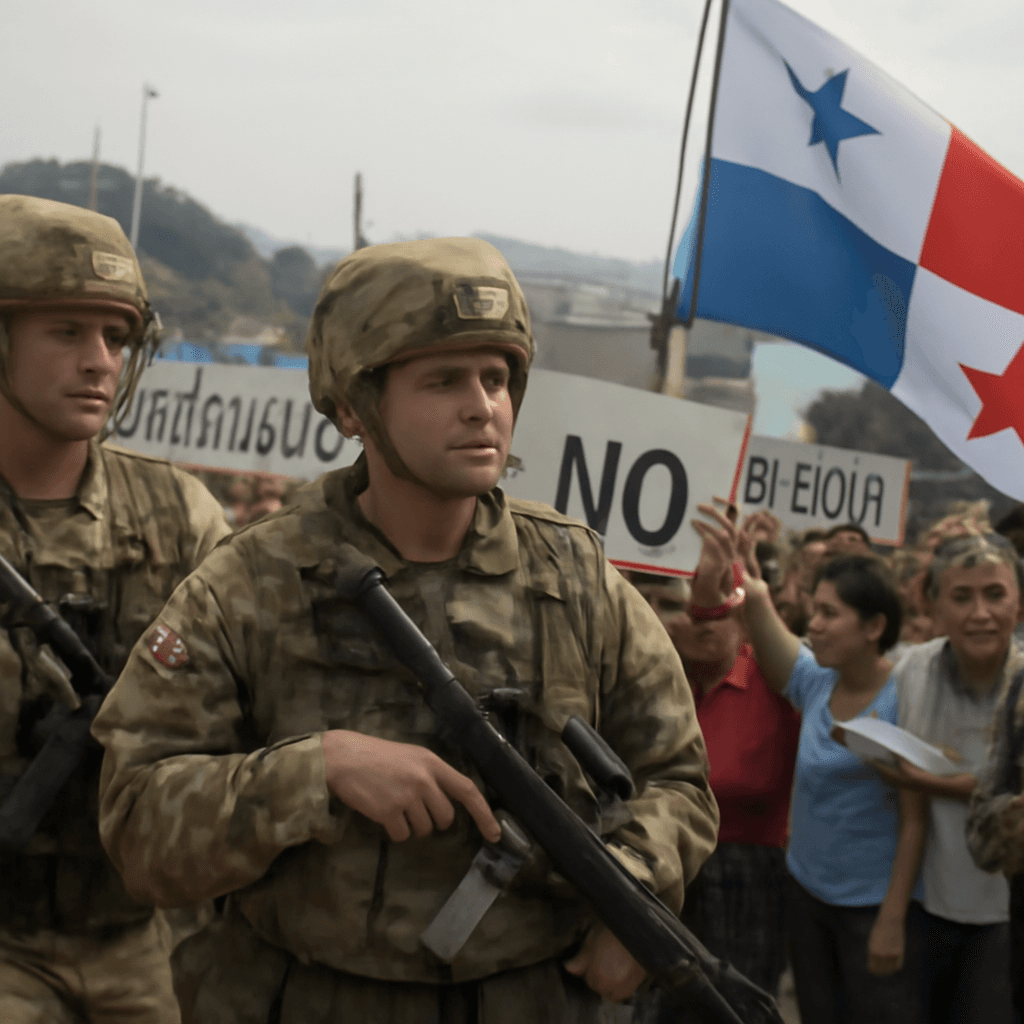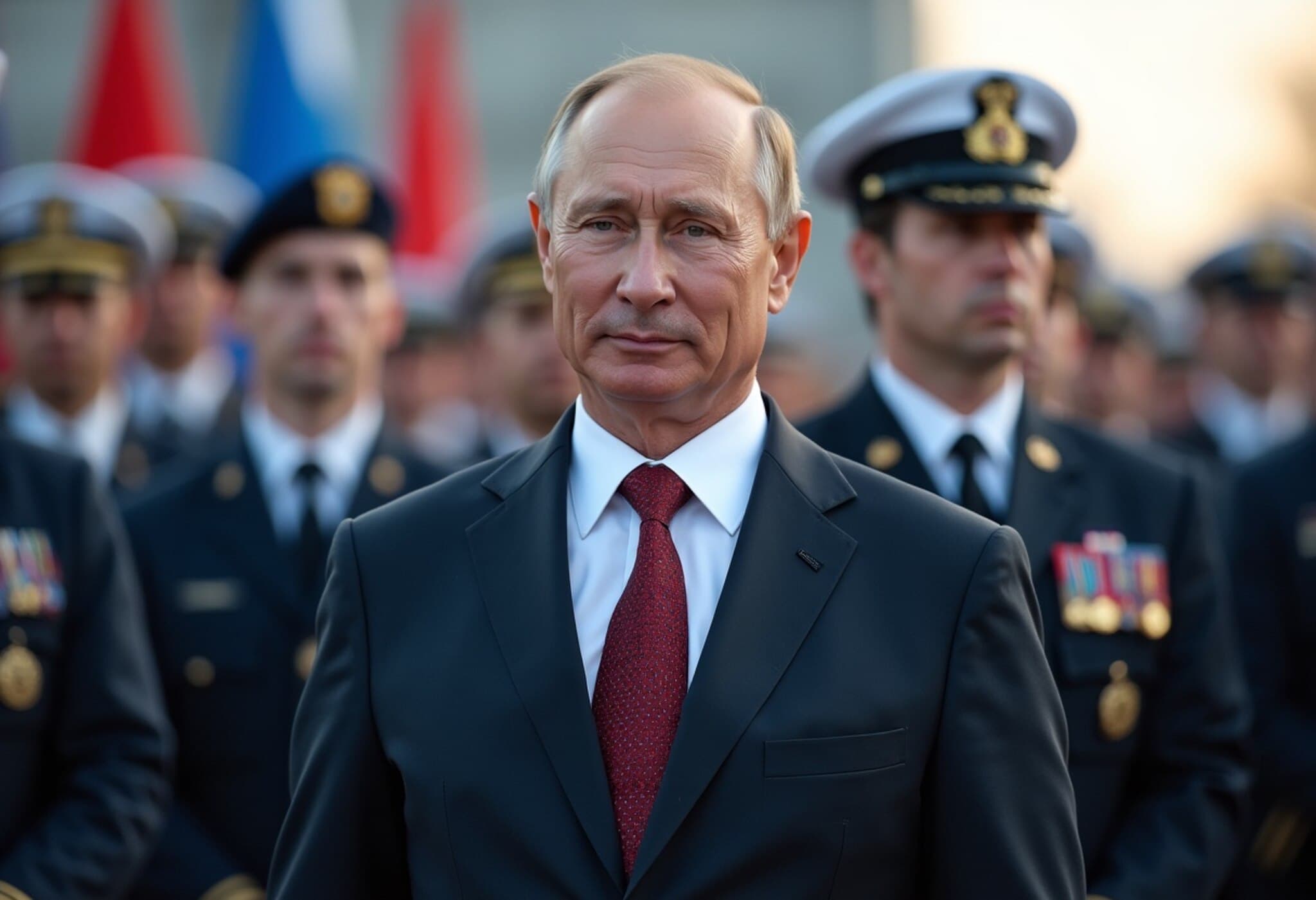Russian and Chinese Navies Conduct Joint Anti-Submarine Exercises in Sea of Japan
In a demonstration of deepening military cooperation, Russian and Chinese naval forces are currently engaged in joint artillery and anti-submarine drills in the strategically vital Sea of Japan. This military exercise, officially termed “Maritime Interaction-2025,” involves a variety of vessels including a large Russian anti-submarine ship, two Chinese destroyers, diesel-electric submarines from both countries, and a specialized Chinese submarine rescue vessel.
The maneuvers began prior to the announcement by former US President Donald Trump, who recently disclosed the deployment of two US nuclear submarines to unspecified locations, further intensifying the security dynamics in the region.
Details of the Military Drills
The Russian Pacific Fleet reports that their sailors, alongside their Chinese counterparts, are conducting coordinated artillery firing exercises, practicing anti-submarine warfare tactics, honing air defense skills, and executing joint search and rescue operations. These activities emphasize enhanced interoperability and strategic coordination in maritime defense.
Experts analyzing the drills note this is part of a broader trend of increasingly regular joint military exercises between Moscow and Beijing. Since forging a “no-limits” strategic partnership prior to Russia’s invasion of Ukraine in 2022, the two nations have steadily synchronized their armed forces to convey a united front against perceived Western threats.
Timing and Geopolitical Implications
The timing of these maneuvers is particularly notable. They occur just days after Trump’s announcement on August 1, 2025, regarding the deployment of US nuclear submarines in response to a series of escalatory comments from former Russian President Dmitry Medvedev. Medvedev had issued warnings about the heightened risk of conflict between Russia and the United States, both of which command the world’s most expansive nuclear arsenals.
While the drills were planned in advance, their concurrence with recent US military movements sends a potent, perhaps symbolic, message about Russia and China’s willingness to assert their maritime power amid growing East-West tensions.
Expert Perspective: What Lies Beneath the Surface
From a strategic standpoint, these exercises underscore a shifting balance of naval power in the Indo-Pacific region. According to defense analyst Dr. Laura Chen, "The Sea of Japan has long been a hotspot not only because of its proximity to key US allies like South Korea and Japan but also due to the growing contest for influence between global powers. The coordinated anti-submarine drills hint at Moscow and Beijing’s intent to challenge US naval dominance, particularly underwater."
Moreover, American naval deployments of nuclear submarines, rarely publicly acknowledged, highlight Washington’s desire to bolster deterrence by signaling its sophisticated undersea capabilities. The interplay between these powerful actors fuels concerns about the potential for miscalculation in an already fractious security environment.
Broader Regional and Policy Consequences
- For the US and its allies: These developments push for recalibrated defense postures, particularly with Japan and South Korea increasing their maritime surveillance and anti-submarine warfare readiness.
- For multinational diplomacy: The drills raise the stakes at a time when diplomatic efforts to resolve flare-ups, from Ukraine to Taiwan, are fragile at best.
- For global arms control: The public disclosure of such submarine movements confronts traditional secrecy, complicating arms control dialogues and the already strained US-Russia and US-China relations.
In short, the Maritime Interaction-2025 exercises reflect a broader narrative—where naval power projection is both a tool for deterrence and a message of renewed rivalry.
Editor’s Note
While the joint anti-submarine drills between Russia and China may officially be routine exercises, their strategic symbolism cannot be overlooked amid escalating global tensions. These movements not only spotlight evolving military alliances but also foreground the complexities of modern naval warfare in a multipolar world. Analysts and policymakers alike must watch closely how these maritime maneuvers influence future security dialogues, arms control frameworks, and the balance of power in the Indo-Pacific.
Questions remain: How might the US and its allies respond to this heightened naval coordination? Could these drills mark a new era of Asia-Pacific maritime rivalry? And critically, what are the risks of unintended escalation when nuclear-armed submarines operate so closely? These are urgent questions with implications far beyond the waves of the Sea of Japan.

